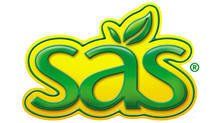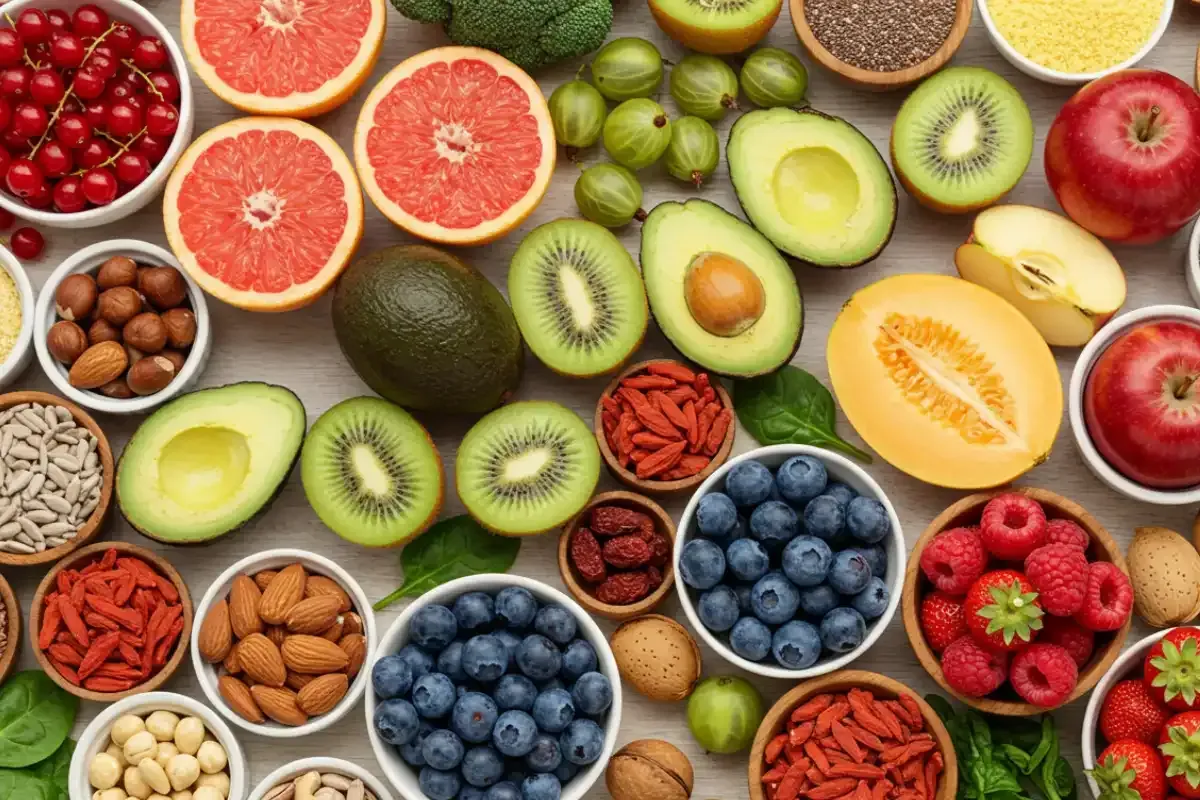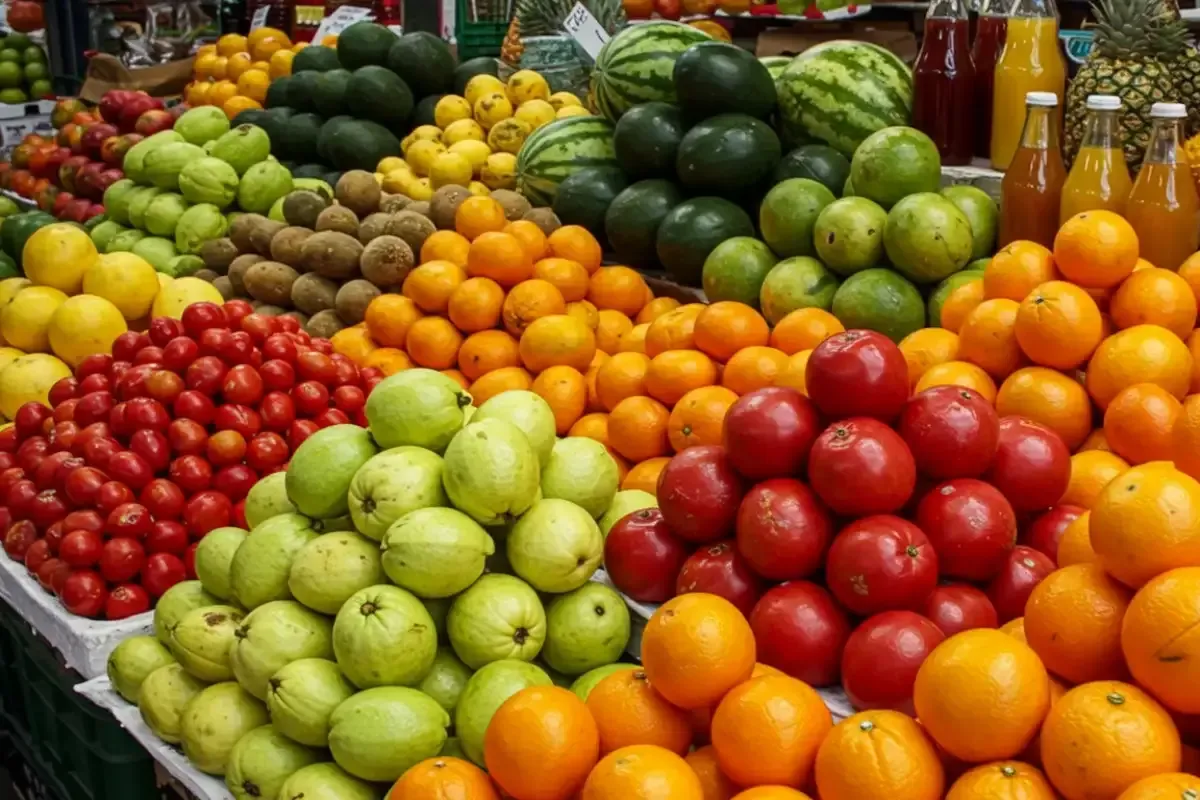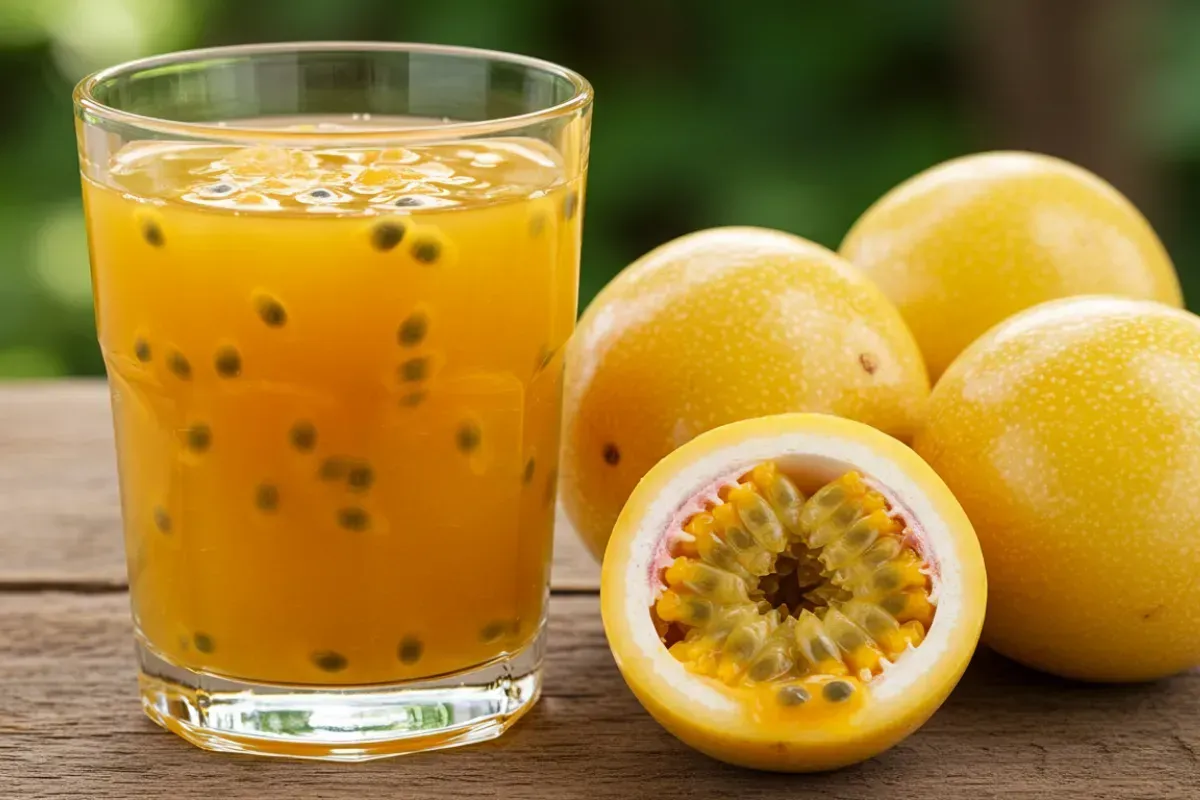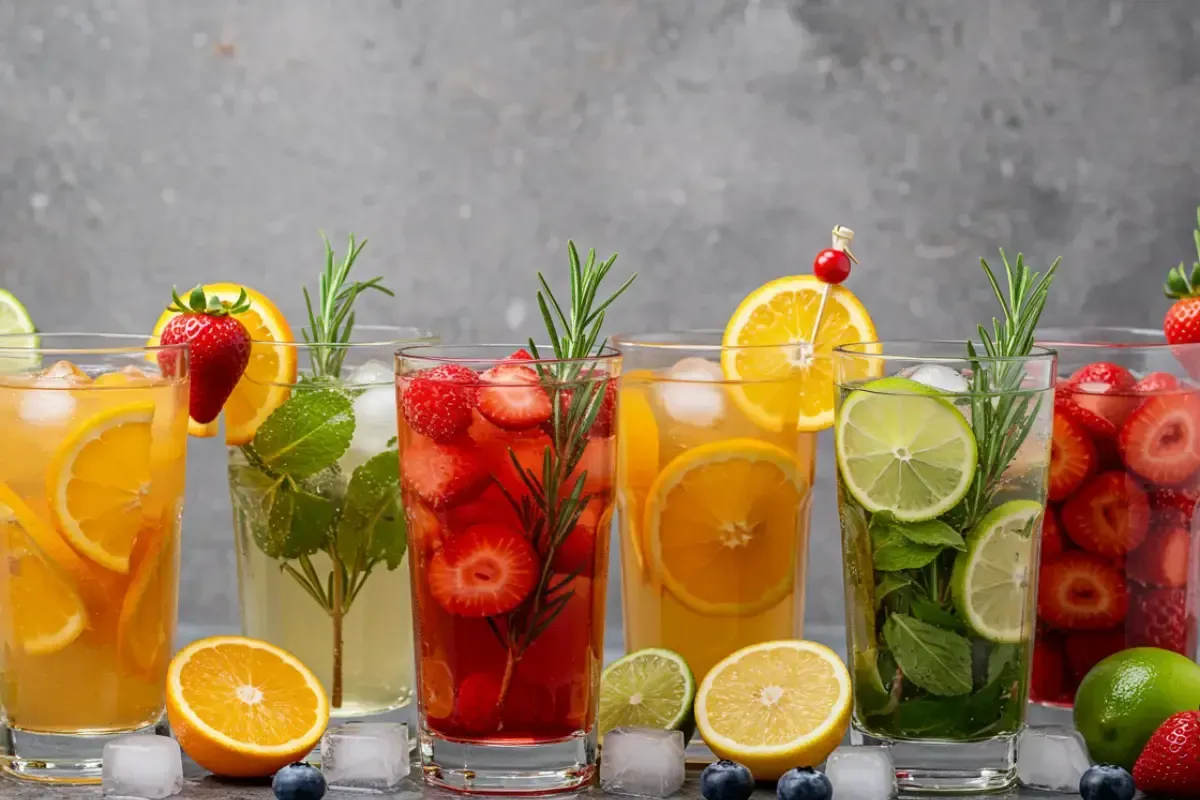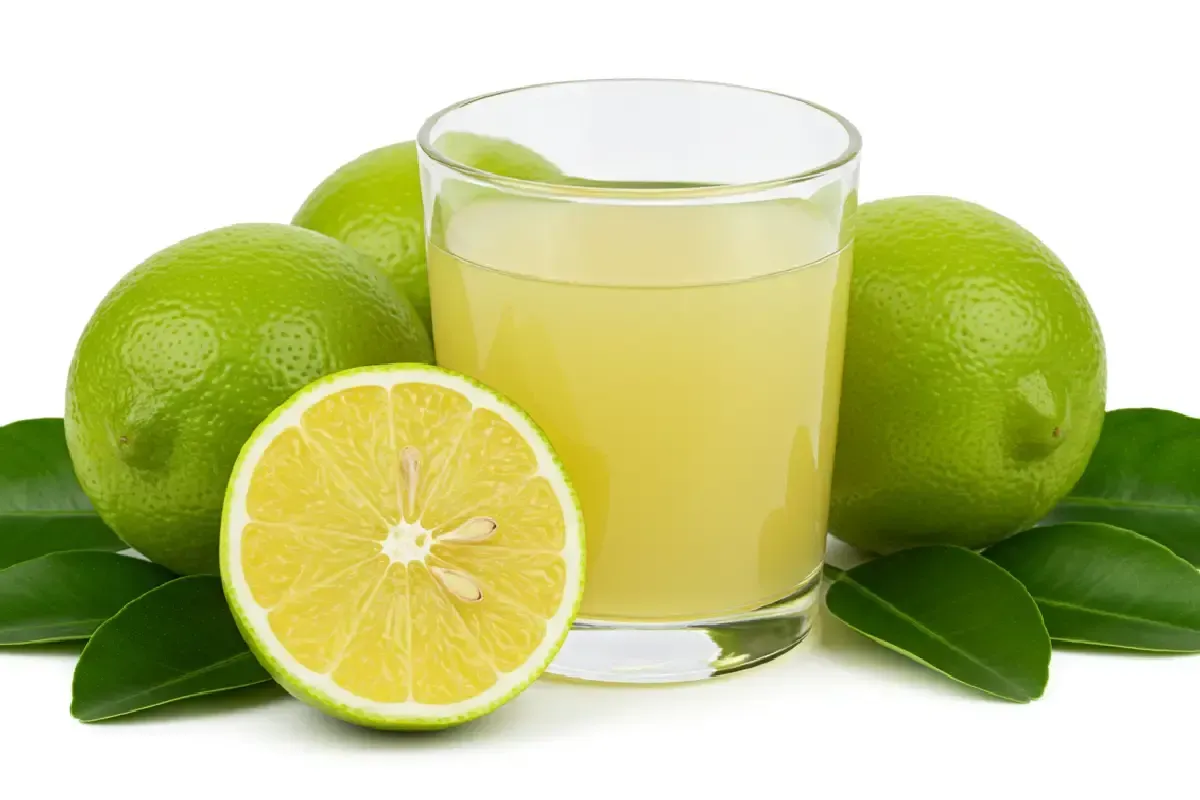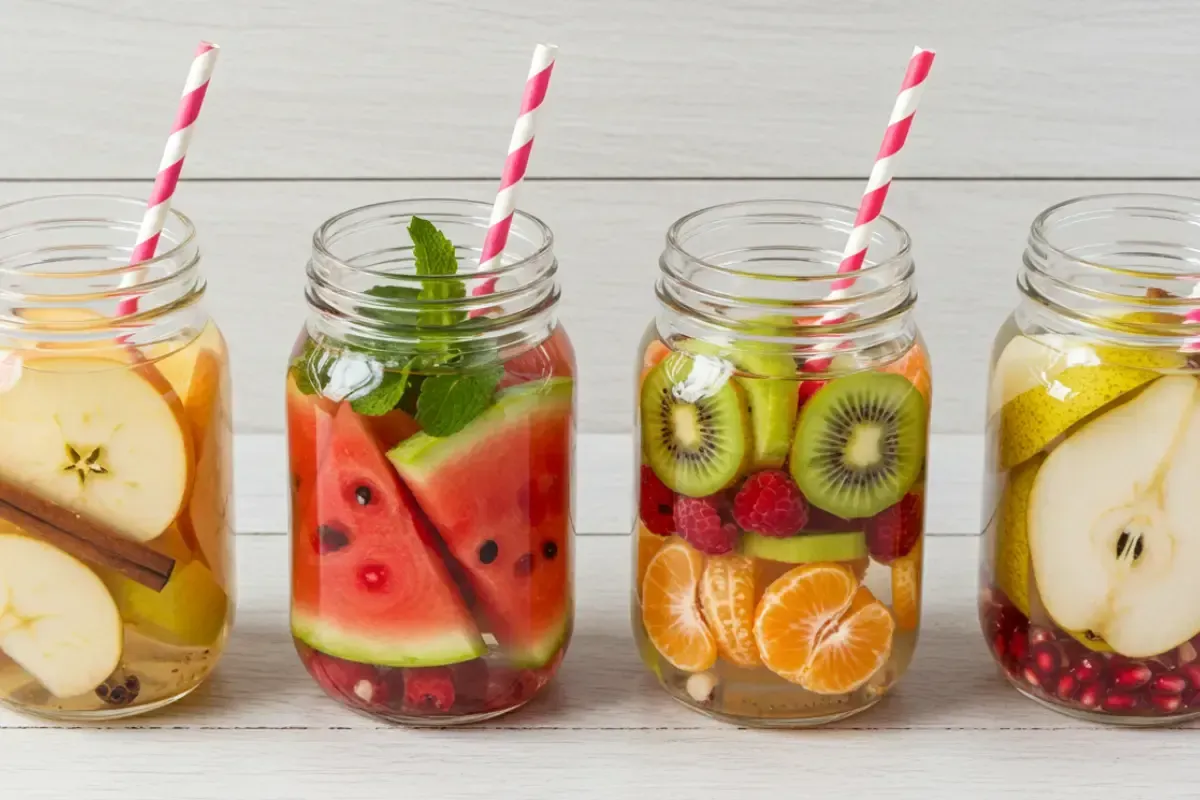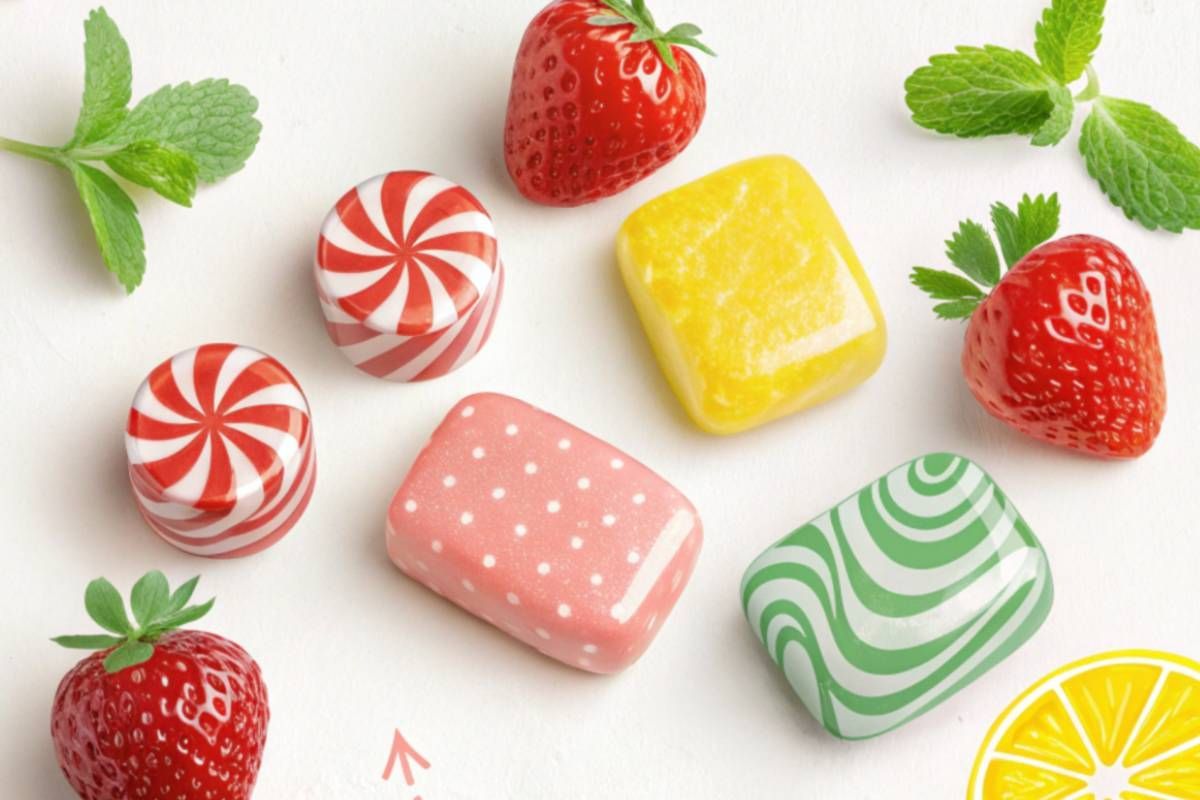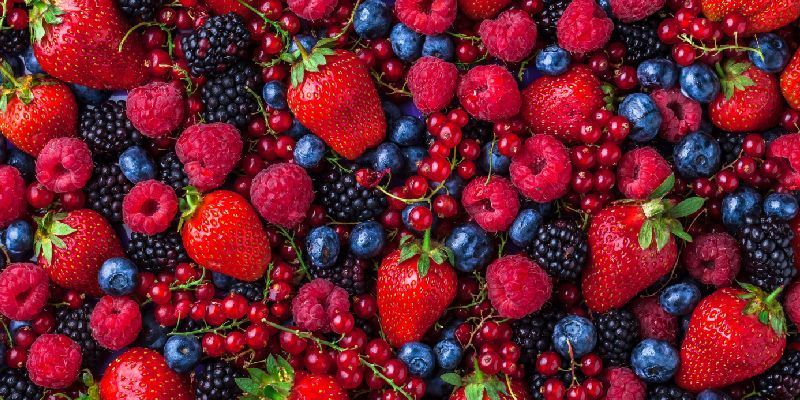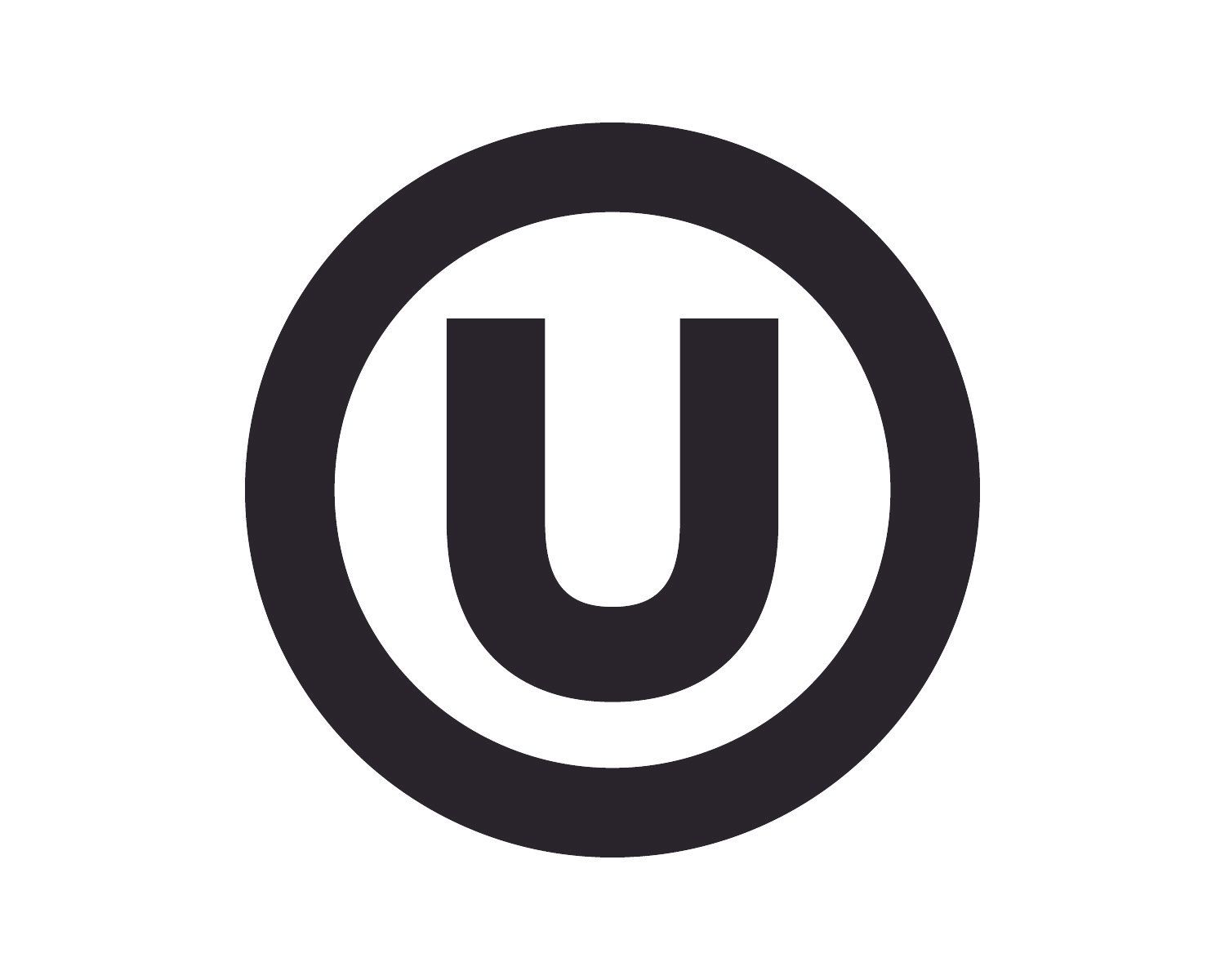Soft drinks: the new consumption trend

Recent years have seen a major shift in soft drinks consumption trends. Shortly before the COVID-19 pandemic, and even more after it, people are looking for alternatives that contribute to their health and well-being.
Here's a look at how the industry is moving and what to expect in the coming years.
Soft drinks, an industry that must innovate
Although the size of the global carbonated drinks market is expected to expand at a compound annual growth rate of 4.7% between 2021 and 2028 (Dingwall, 2022), this can only happen if the industry reinvents itself.
This is because the pandemic has awakened people's interest in health. That is, they are now looking for products related to a strong immune system (Wurzer, 2023).
Likewise, it is emphasized that there is a need for drinks that (Wurzer, 2023).
- Provide benefits for normal digestive function.
- Support the best possible mental health lifestyle.
- Help provide good physical health.
- Accommodate taste and textural preferences.
That's why sodas and carbonated beverages are becoming less and less popular. In fact, among the most popular choices are non-alcoholic drinks.
Sugar, another key point
When discussing this topic, sugar cannot go unmentioned. This is because, according to Arielle Rose, senior industry research analyst at IBISWorld, sales of these beverages "stagnated" in the United States last year (Alverson, 2023).
This result is mainly due to the presence of sugar in these beverages. Both the media, as well as the producers of these beverages themselves, have expressed that their consumption brings consequences. Among them: diabetes, hypertension, and obesity (Alverson, 2023).
For this reason, the trend of healthy beverages over traditional beverages is on the rise. For example, large producers have seen the need to diversify their offer.
Thus, they have welcomed soft drinks low in sugar, and calories or sweetened with stevia. Also, among the most important trends are the following:
- Bottled water.
- Flavored water.
- Ready-to-drink teas.
This growth is also driven by improvements in the taste of the products. An example of this is the low sugar content in these beverages. This is reflected in the use of new sweeteners.
What's next for the soft drinks market?
It is safe to say that healthy and functional beverages are going to be the trend. That is to say, those in which the natural prevails, such as fruit flavor. This trend is giving rise to a new niche of artisanal carbonated beverages.
Plants and fruits play a leading role. Thus, a place is opened for carbonated beverages with vitamins C or B12. These are perceived as immune support or enhanced energy (Alverson, 2023).
In conclusion, and to conclude, it has already been seen that change has knocked on the door. Therefore, for soft drinks to persist, they must enter the wellness wave. That is, with less sugar and more natural products.
Bibliographic References
- Alverson, C. (2023, marzo 22). Sugar is out, functionality is in for soft drink market. Beverage Industry.
- Dingwall, K. (2022, agosto 24). As Drink Trends Come And Go, Soda Persists. Forbes.
- Wurzer, J. (2023, febrero 16). Soft drinks trends 2023 - what will shape the market this year. Austria Juice.
